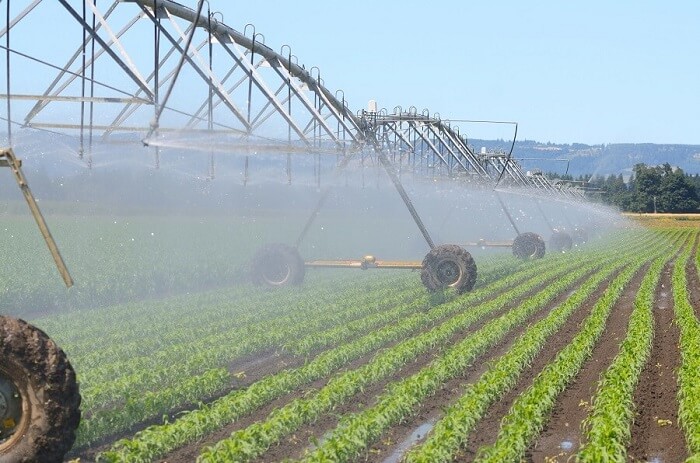THE government intends to put 350 000 hectares under irrigation from the current 193 000 within the next two years as part of measures to improve climate adaptation while at the same time boosting the country’s food security.
The initiative, which seeks to improve sustainability and adaptation of small-scale irrigation systems, is being done under the Accelerated Irrigation Rehabilitation and Development Plan through which the government is implementing various strategic interventions aimed at boosting food security.
It is also meant to bring relief to many smallholder farmers in Zimbabwe who have suffered poor harvests due to drought over the past decade.
It comes as the region is becoming highly vulnerable to climate change, with farmers increasingly dealing with climate variability and weather risks. With dry spells and devastating droughts and floods hitting smallholders more frequently, the government has moved in with the Accelerated Irrigation Rehabilitation and Development Plan to help farmers adapt to adverse climatic conditions.
According to Lands, Agriculture, Fisheries, Water and Rural Development permanent secretary John Basera, the initiative will, among other things, present numerous opportunities for climate adaptation.
“This Agric-Climate Proofing Programme entails massive country-wide water harnessing and irrigation programmes targeting to resuscitate and develop up to 350 000 hectares under functional irrigation by 2025 from about 150 000 hectares in 2020.
“By 2022, the country recorded 193 000 hectares under functional irrigation. This thrust will present great opportunities for climate change adaptation in the agric-production space, thus giving us a chance to go for growth proper and at scale,” said Basera.

He added that the government’s intention was to fight the effects of climate change through irrigation farming by helping farmers to diversify their farming operations, thereby allowing them to grow crops all year round rather than engaging in seasonal productions.
Lands, Agriculture, Water, Fisheries and Rural Development deputy minister Vangelis Haritatos Haritatos concurred with Basera while addressing a meeting on climate smart agriculture in Harare recently.
He said the strategic interventions that the government has lined up, which include creating a greenbelt in the lowveld covering Masvingo, Bulawayo and Kanyemba, will take advantage of various dams across the country.
While the Climate Proofed Presidential Input Scheme (Pfumvudza/Intwasa) continues to register success, Haritatos said the government had seen it prudent to accelerate the irrigation programme. “The dividends for climate smart agriculture are so glaring.
However, as we noted during the 2021/22 season, climate change reduced the yield levels of Pfumvudza farmers by about 74 percent from 5.28 metric tonnes per hectare to 1.39 metric tonnes per hectare,” Haritatos said, adding that this alone calls for concerted efforts to de-risk the agriculture space at any cost to ensure food and nutrition security for the people.
He said the government had since begun working on developing Zimbabwe Agriculture Investment Plan (ZAIP) 2 that seeks to promote climate smart agriculture across all the value chains with the aim of reducing, re-using and recycling resources whilst maximising value.








